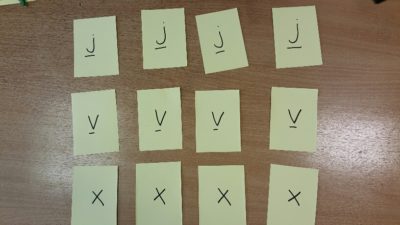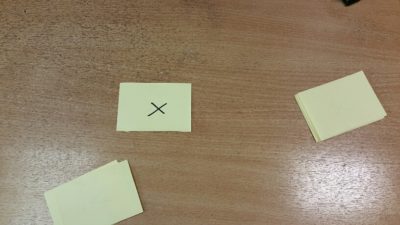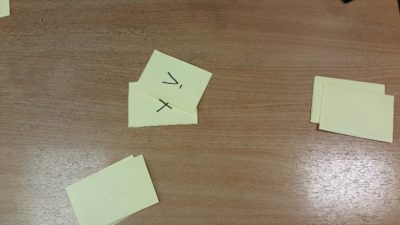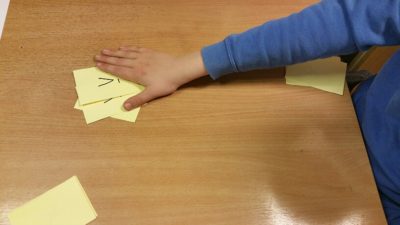I have just started to teach a struggling reader in Year 1. The first thing I observed from my assessment was that she did not use pure phonic sounds, also known as ‘precise pronunciation’. Many of the consonants were pronounced with an added ‘uh’ sound: for example, /k/ was pronounced ‘kuh’ and /p/ was pronounced ‘puh’. This is curious, as synthetic phonics is taught in the school.
Why is this important to correct this? Precise pronunciation makes it easier to blend sounds into recognisable words. If you try to blend the sounds /p/ /a/ /t/ into a word but pronounce the phonemes ‘puh-a-tuh’, it is much harder to hear the blended word. As many struggling readers have difficulty with blending sounds into words, it is important to remove additional sounds that make this even harder.
‘Sound Snap’ is a fun way to get children to precise pronunciation.
1. First, identify the letters that are not pronounced precisely. My pupil needs to practise t, p, n, c, h, j, v, l, w, y, z and x.
2. Make four cards showing each of these target letters. (Be sure to underline letters that can be confused when held upside down, e.g. b/d/, p/q, t/f/ and w/m.)

3. Shuffle the cards and divide them into two packs.

4. Begin the game!
Players take turns to turn over a card from the top of their pile and say the sound of the letter with precise pronunciation. Make sure that the pupil pronounces each letter correctly. Model this if necessary.

The pupil then places the card in a middle pile. If it matches the card currently at the top of the pile, the first player to slam their hand on the pack and call “SNAP!” takes all the cards from the middle pile.

The game goes on until the winner has all the cards.
Send home the game as ‘homework’. It’s great if parents also learn precise pronunciation, as it will help with their child’s future reading practice.
If you would like to hear the sounds of consonants, view our video here.

